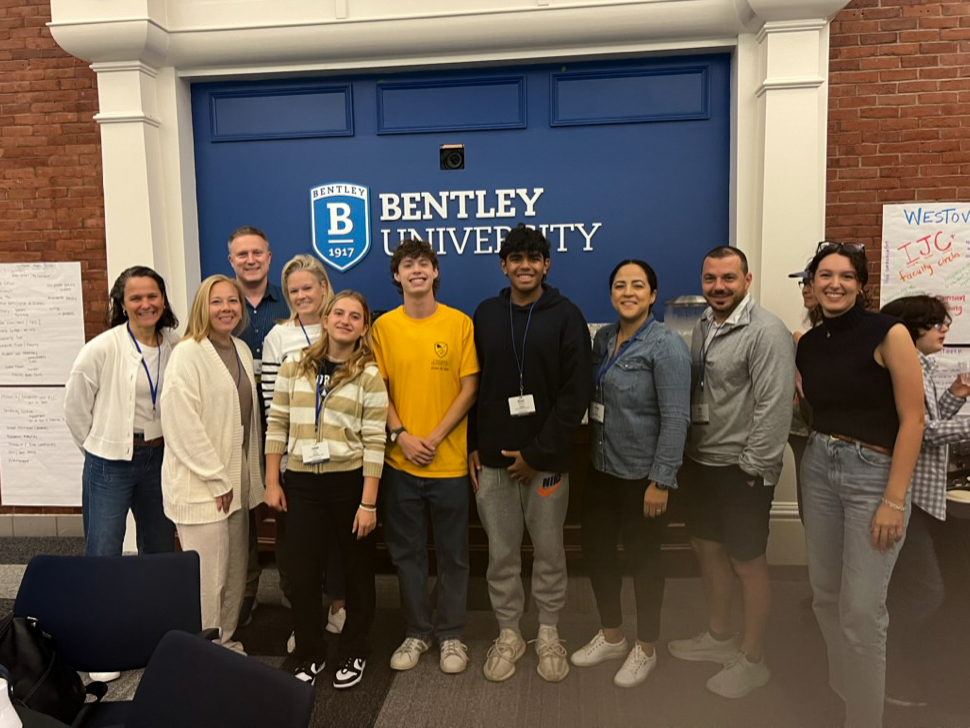Choate will be constructing a 10-meter tall weather tower near the Kohler Environmental Center (KEC) within the next fiscal year. The weather tower will record valuable ecological data such as temperature, precipitation, relative humidity, wind speed and direction, radiation from the Earth and atmosphere, soil temperature, and soil humidity.
There are no other weather towers that meet these specifications in Wallingford, although the towers are standard research structures in places where people are doing long-term ecological research. The hope is that construction on the tower will start sometime during the 2017-2018 academic year. Mr. Joe Scanio, the KEC program director and main person involved with the project, said, “It’s just taken time with permitting, logistics, and financials to get the tower built.” According to The Record-Journal, the tower will cost between $10,000 and $15,000.
This weather tower plan has been in the works since the KEC was built in 2011. Mr. Scanio noted, “The weather tower was one of the things I brought up when thinking about the long-term ecological research that could be done at the KEC. At the time, there weren’t as many financial resources put into research infrastructure on the land, so the weather tower was not prioritized.”
Mr. Scanio has carefully thought over the design of the weather tower. In order to comply with national and international standards for accurate measurement of wind speeds, the tower was designed to be over ten meters tall. It will also have an additional three to five foot pole on top for lightning protection. The Choate weather tower will be a narrow and lightweight structure built on three legs so that people can easily access the instruments on the tower. The tower requires little electricity, and its power supply will come from the KEC.
When planning the weather tower, Mr. Scanio also spoke with Mr. David Foster ’72, head of Harvard University’s forestry school and a Choate alumnus. Mr. Scanio worked with Mr. Foster to ensure that the weather tower Choate built would be valuable to researchers outside of the school. Harvard also has its own weather tower, so Mr. Scanio talked with Mr. Emery Boost, the information manager for the Harvard weather tower. They worked together to figure out how to effectively collect and present the proposed Choate weather tower data.
Before the school could build the tower, however, it had to request a variance from the town. The tower is going to be built in the field near Paddock Farm, across the footbridge from the KEC. This location is in a zoning region of Wallingford where regulations limit the height of structures to 30 feet. Choate sought permission for the weather tower by requesting a variance for the structure, which would span 36 feet in height. In order for the town to approve, Choate had to present the idea multiple times to different parts of the local government. Members of the town government then had to decide whether or not to accept the variance, which they did.
At the moment, there are still a few logistical problems with the construction of the weather tower, primarily in deciding how to get information to and from the tower. It has not been completely finalized, but the data transmission will either be done solely through cables, or through a combination of cables and Wi-Fi. This will allow people to collect real time data from the weather tower, as opposed to first downloading the data onto a device and then shifting it to an online format.
The data that is collected will be important for students in the Environmental Immersion Program, who will be able to analyze the data as part of their research projects or classes. The data will also be valuable because a wide variety of people will have access to it. The weather tower is designed so that anyone in town could use the generated data. For example, if a researcher is looking at large-scale north-south weather patterns, Choate’s weather tower could help add another data point to his or her collection.
Speaking on the potential impact of the weather tower, Mr. Scanio said, “Particularly with climate change, it’s really important to try to understand what’s going on in different areas. If we have those data coming in continually, we will be able to see exactly how the weather here is changing over time. So there’s that long term value. However, it will also have a major positive impact on our ability to do other ecological research studies here.”





